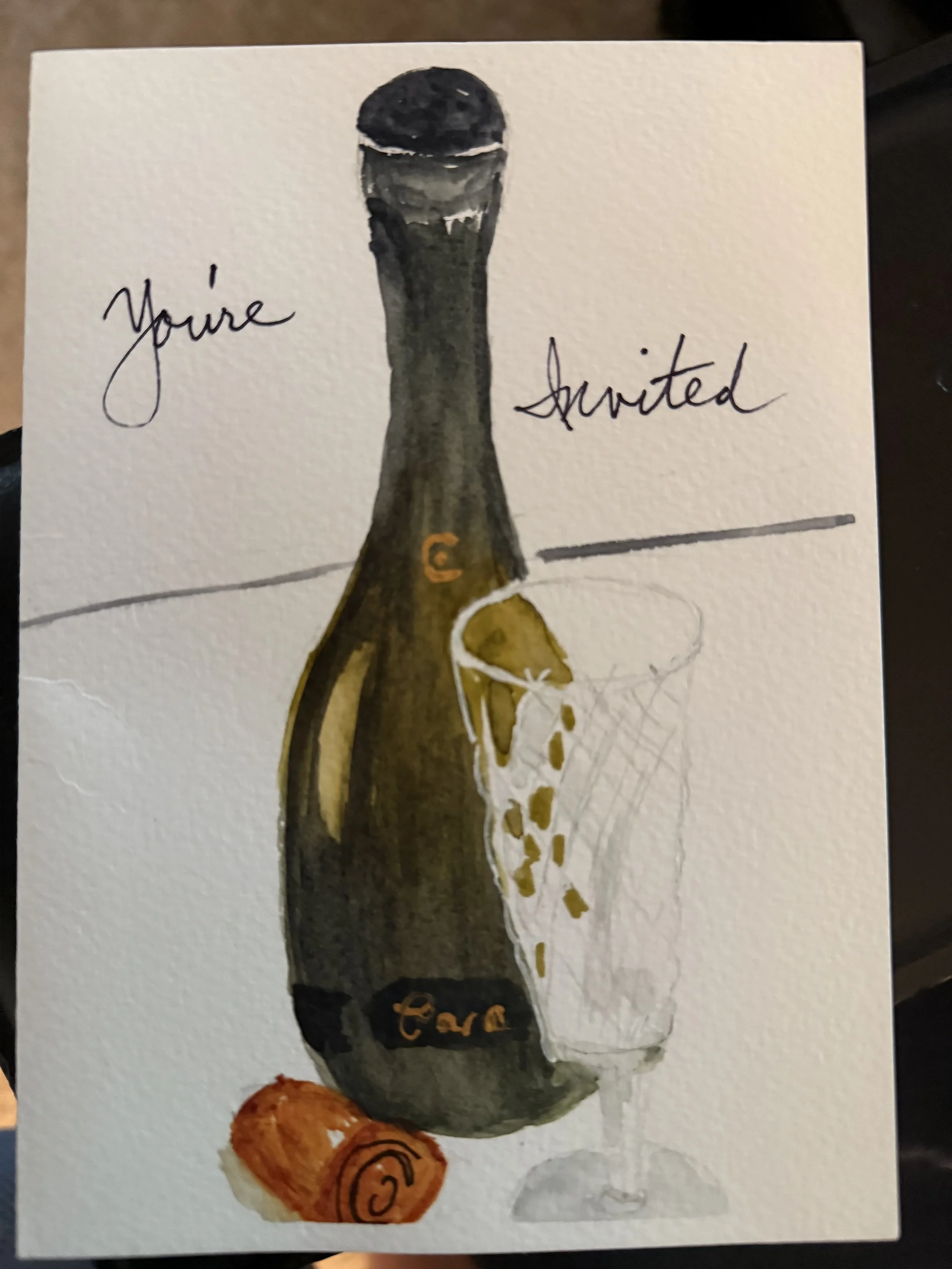When we move from playing Blackwood to Keycard Blackwood, we improve our slam bidding by including a discussion of the trump King and Queen. Playing Keycards (let’s say 1430), then partner’s answer to our 4NT ask sometimes tells us if they hold the trump Queen and other times does not. In the latter case we need to be able to ask partner if they hold the trump Queen, as we do not want to bid a slam missing a Keycard and the trump Queen. Let’s look at how we ask partner about the trump Queen in a variety of different auctions.

Jacoby 2NT is a useful convention, but many players choose to try to improve it. The modern expert 2NT response to a 1M opening showing a limit raise or better (LR+), instead of game forcing, has many different inventors and advocates. In Europe, it is known as Limit Sternberg while in America, Larry Cohen popularized a similar approach. Let’s see how this works and how it can help improve our bidding. This one is fun for system bidding fans!

When we preempts the bidding they cannot have 3 or 4 keycards. So it does not make sense to have a keycard system that shows these. Here we look at an improvement in steps and in how we ask.

When Opener makes a jump shift into a new suit with their second bid, it is a strong bid that creates a game forcing auction. This is a good bid because it ensures we reach game, but it is a bad bid because it eats up a lot of bidding space without fully describing our distribution. This is a problem. One of the most difficult opening hands to describe to partner is the unbalanced single-suited (one 6+card suit) hand with 18-19 HCP. This is one of the strongest hands that does not open the bidding 2♣. With this hand we usually open our suit at the 1-level and after partner responds at the 1-level, we lie in a minor suit. If our one suit is a Major, then we show our strength by making a jump shift into 3♣, even when we have very few ♣ (as few as 2 cards.) With this bid we create a game forcing auction (showing our values), but we distort our shape (partner expects that we have at least 4 cards in the ♣ suit). This can cause some confusion with partner if they have a large fit for our ♣ suit. We would like to have a way to let partner know that this jump shift is done on a single-suited hand, not on a two-suited hand. Let’s look at a system that helps us improve our jump shift methods.

Balanced hand bidding is relatively easy. We can usually describe our hand to partner by opening 1NT or rebidding 1NT. This lets partner know both our points and our hand type with either our first bid (when we open 1NT, the best situation) or with our second bid (when we rebid 1NT). However, if we have a big balanced hand then we need to have tools for describing our hand as well. These usually involve the use of 2NT – as a rebid, an opening bid, or even a rebid after having opened the bidding 2♣. But this does not solve all our bidding problems when we have these large balanced hands. Let’s look at these auctions in detail, see some of the issues, and then look at a useful gadget called Kokish to help us bid better.

